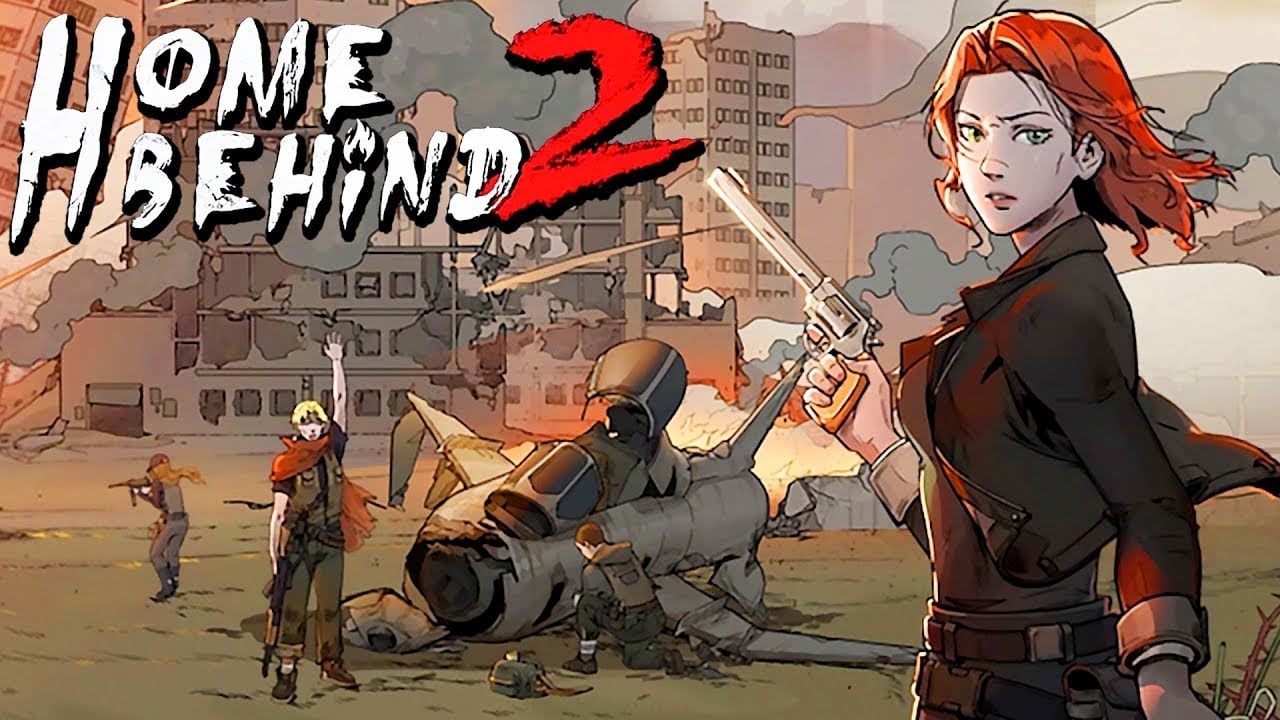Published in 2016, the original Home Behind was an RPG with survival mechanics and turn-based combat. The player’s task was to save a refugee and his family, trying to reach the safety of Europe. Six years later, Asian studio TPP goes back to that very same formula, for a sequel. This time, however, it’s not about finding a safe refuge anymore. Instead, it’s about bringing freedom to a fractured country.
GOING BACK TO SCARIA
The story is something of a prequel to the original. We play as Banan – a young college student, who decides to leave everything behind and return to her ravaged homeland; Her goal is to participate in the rebellion against the evil dictator Akadullah. The plot may seem fairly straightforward at first. However, with multiple political parties thrown into the mix, it can definitely become hard to keep track of. In addition, there are several secondary characters as well, helping Banan.
Those are Prince, and Haroun – the disgraced son of the tribal leader of Scaria. The narrative proceeds through dialogues in-between missions, or short comic book cutscenes, and – for the most part – it does a decent job at being interesting. Even if, perhaps, a tad too long. There are also some translation issues here and there.
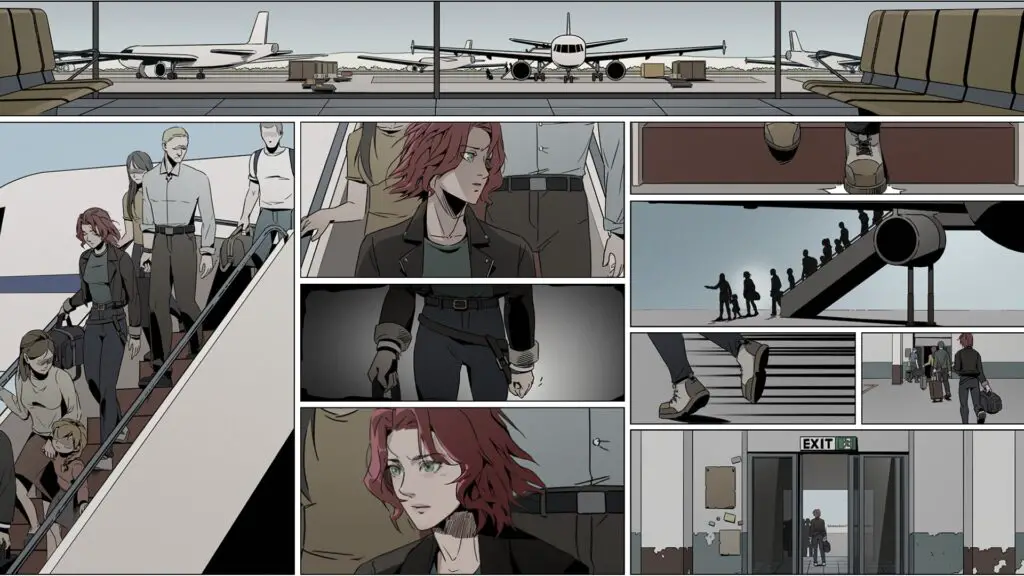
At the start of the game, we choose how we want to shape our Banan (… sorry): stat points, hobby, and job. Hobby will just count as some bonus stats. Jobs are from the original game; Basically, each one will allow for bonus damage with a specific weapon, or help treat the party’s injuries. Even though there are plenty of customization options, it’s really but an illusion of choice. Banan will be the only character unlocked from the start, and we can’t really modify her in any significant way. There is a second unlockable character to play as, but only after the main campaign is done.
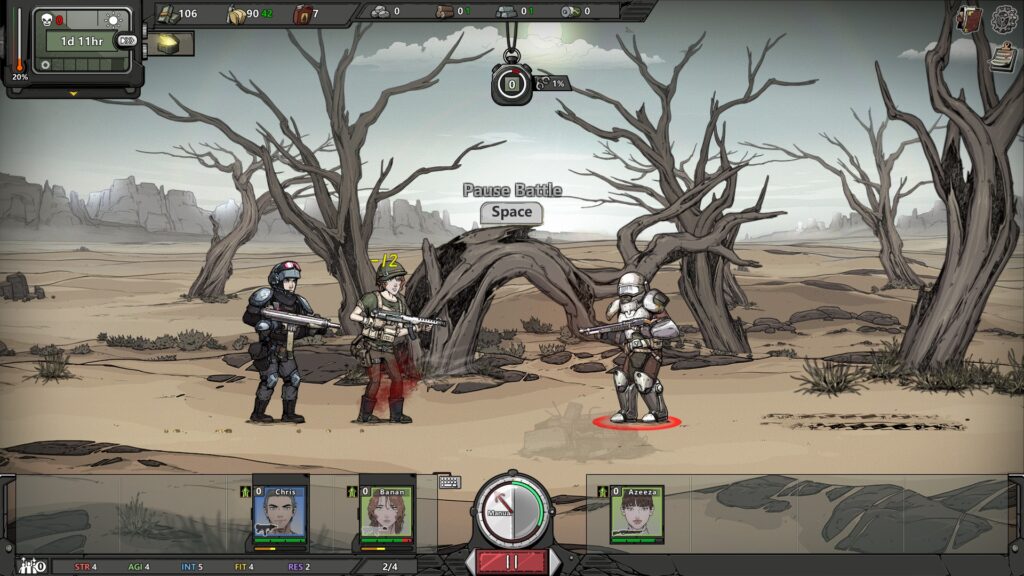
MANAGE RESOURCES AND GO KILL BADDIES
The game’s main flow divides into two phases: resource management/upgrading the camp, and going out for missions and exploration. As the game proceeds, Banan and her team get access to a variety of their camp’s features, like a command post, a communication device, and even a hospital tent. The communication device is for maintaining diplomatic relationships with the various parties. It also provides extra missions. The resources the team collects during those can be used to upgrade buildings, and even the truck. Yes, the team uses an army truck, and, since it can come under an attack while travelling between missions, it may be wise to invest in defense.
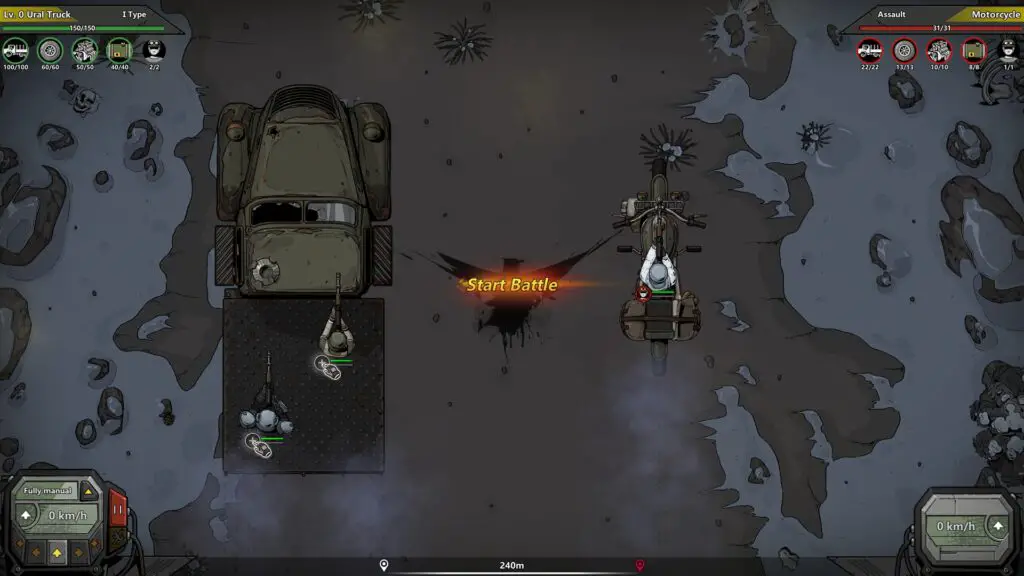
Exploration involves taking the team out to a certain zone and liberating it. This happens with an automatically side-scrolling sequence, as the team runs around, interacting with points of interests, or fighting enemies. The only thing to do is to collect resources, by actively clicking on them, before they’ll disappear. As the battle begins, the player positions the team members and selects each one’s fighting mode. The actual combat then proceeds on its own. While the AI controlling the team is useful during the easier fights, it may not work in the long run. It tends to randomly spawn abilities and target weaker enemies, regardless of the situation.
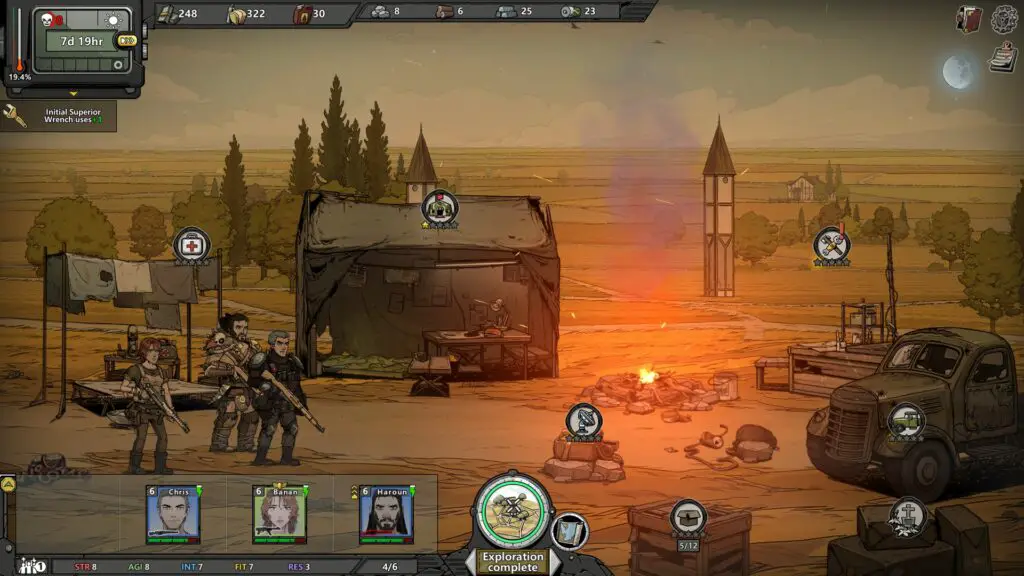
The sequel keeps the RPG elements of the original. As usual, the characters can level up by gaining XP. However, the upgrades apply only to their stats and some of their combat abilities. Resource gathering is another important element: There is food that keeps our team members alive by healing wounds in combat; Oil, used to drive the truck between locations; As well as various other resources required to maintain the camp. It is possible to recruit new team members. The best use for them, however, is just to go on uninteresting side missions to gain resources or money. The three leading members of the team shall always remain the main focus.
MOBILE GAME FLAVORS
From the mostly automatic side-scrolling combat to the “upgrade buildings/sell stuff” mechanics, Home Behind 2 does feel a bit like a mobile game of the cookie-clicker variety. That’s not to say it doesn’t offer the simple pleasures of jumping in, doing a couple of missions, and then going back to whatever more serious title we were playing.
To be fair, it does look like the studio has put a lot of effort in trying to improve the original – to make the sequel into something more than just some mobile game. Nevertheless, it seems like they aimed those efforts at making the drawn-out narrative dialogues, rather than improving the gameplay.
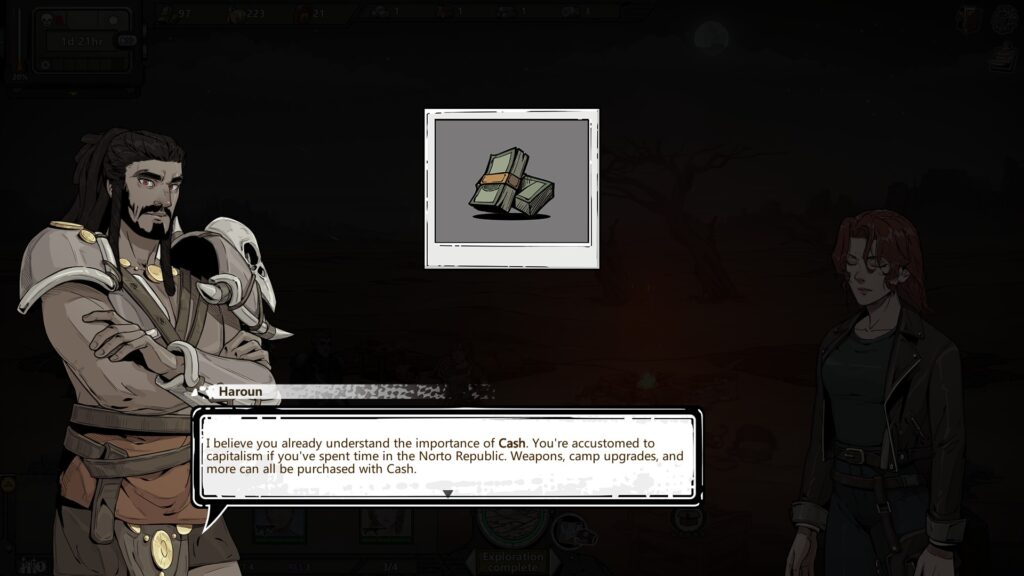
Admittedly, since the first game, the developers have been adding quite a few story bits, along with roguelike elements. All the zones we’ll explore are now procedurally generated, with random drops awaiting. We might find a strong weapon and armor combination almost in the very beginning. Graphically, there are also some improvements, compared to the predecessor – even though the game still looks like a relatively simple 2D title.
The main art style change was with the overall anime character design. While it doesn’t really seem to fit the dramatic story, it’s mostly alright. In the end, the sequel improves on the original but doesn’t try to reinvent the wheel: this is still a light game, good for a quick play, that doesn’t tax the brain too much.

